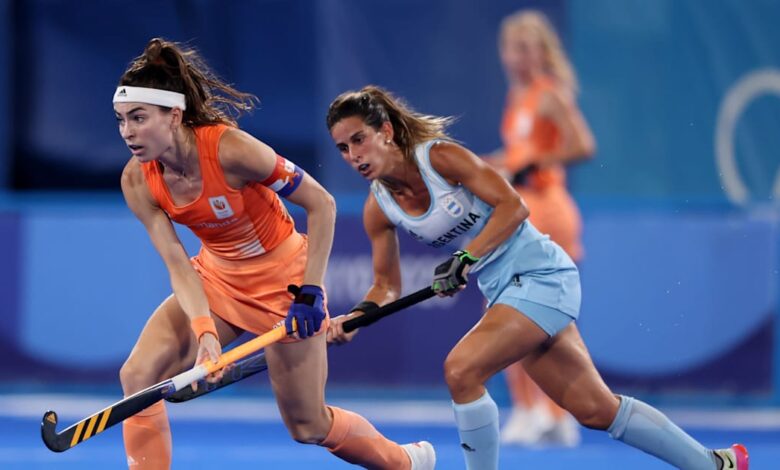Olympic Hockey | Paris 2024 Olympics

[ad_1]
Speed, technical skills and fun are the main characteristics of hockey—an exciting and dynamic sport that requires endurance and great coordination. A hockey match consists of four periods of 15 minutes for a total match time of 60 minutes.
Each team consists of eleven players, usually aligned as follows: goalkeeper, right fullback, left fullback, three half-backs and five forwards. Each player can be substituted at any time and as often as desired. A team can choose to play without a goalkeeper (temporarily, in principle). The team that scores the most goals wins. In Olympic pool play, if the score is tied at the end of the match, a tied result stands. In knockout matches at the Games, if the score is tied after regulation play, the winner is decided via penalty shoot-out.
In its early form, field hockey was played on natural grass, but the heavy turf made the game slower. The decision to move to synthetic turf modernised the game, making it quicker. The pitch is also watered, which means the ball travels at an even faster pace.
Athletes use a hook-shaped stick, with which they drive, control, and hit a hard ball. Only the flat side of the stick can be used. The convex side is not allowed. Except for goalkeepers, players are not allowed to touch the ball with their hands or feet.
A fault can lead the referee to inflict a green card (two-minute suspension), yellow (five-minute suspension) or red (ejection) to the player concerned. A hockey pitch is 91.40m long and 55m wide. The goals, located at each end, are surrounded by a D-shaped shooting area. Goals can only be scored from inside the opponent’s shooting area.
[ad_2]
Read More



